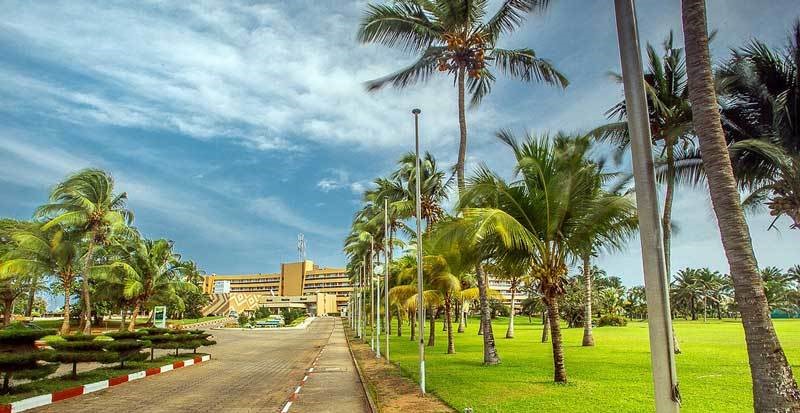What is SuperLife STC30 -The Secret to Healthy Living
What is SuperLife STC30 – The Secret to Youth, Health, Wealth & Longevity What IS Superlife STC30? STC30 is the origin of stem cells in the treatment & prevention of…
What is SuperLife STC30 – The Secret to Youth, Health, Wealth & Longevity What IS Superlife STC30? STC30 is the origin of stem cells in the treatment & prevention of…

Amazing History of Cotonou, Benin Republic in a Glance History of Cotonou, Benin Republic Amazing History of Cotonou in a Glance: Trip to Cotonou Benin Republic, what you must know…
ANDORRA: Visa, Education, Work Permit, And Living Life, Andorra is a small, mountainous country sandwiched between France and Spain.
BENIN REPUBLIC UNIVERSITY ACCREDITATION EXPLAINED Benin Republic University Accreditation Explained A school’s accreditation status often serves as one of the most important decision-making factors for students selecting a School in…
ADMISSION REQUIREMENT FOR EACH ENTRY LEVEL IN BENIN REPUBLIC UNIVERSITIES ADMISSION REQUIREMENT ADMISSION REQUIREMENT FOR EACH ENTRY LEVEL IN BENIN REPUBLIC : There are entry requirements for admission in Benin…
English Universities in Benin Republic are private Institutions The Tuition Fee is affordable compared and accommodation is comfortable, Benin republic universities
7 True Values and Benefits of Online Education -E-learning 7 True values and Benefits of online Education - E-learning While there are all kinds of benefits that are associated with…
ADVANTAGES OF STUDYING IN BENIN REPUBLIC ADVANTAGES OF STUDYING IN BENIN REPUBLIC Studying abroad is a global phenomenon, with students crossing countries, Continents, and Oceans to get the best education…
The Rise of Online Education in Sub-Saharan Africa and South Asia: Mass Education The Rise of Online Education in Sub-Saharan Africa and South Asia Online education is a divisive…
Hill-City University Admission Application Form Hill-City University Admission Application Form Hill City University Cotonou Benin Republic, top accredited Benin republic university, nysc guaranteed and nuc approvedMore about Hill City university…
*WAUU UNIVERSITY ADMISSION APPLICATION FORM WAUU UNIVERSITY ADMISSION APPLICATION FORM West africa Union university (Wauu) Cotonou Benin Replubic, top accredited benin republic university, nysc guaranteed and nuc approvedMore about Wauu…
ISCG UNIVERSITY APPLICATION FORM ISCG UNIVERSITY APPLICATION FORM *ISCG University is recognized as a student-centered institution with a global perspective. We engage more than 400 graduate and undergraduate students in…
